The Science of Human Pain Perception
Introduction
Human pain perception is a complex physiological and psychological phenomenon that involves multiple systems within the body. It is a crucial part of our survival mechanism, alerting us to potential harm or injury. Understanding the science behind pain perception can provide valuable insights into the management and treatment of chronic pain conditions, as well as the development of new therapeutic strategies.
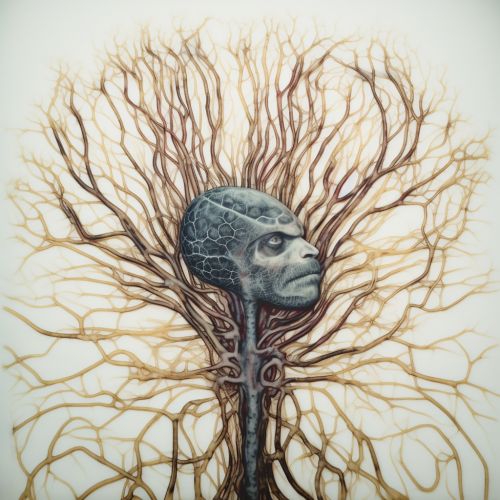

Physiology of Pain Perception
Pain perception, also known as nociception, is the sensory process that provides the signals that trigger pain. It involves four key stages: transduction, transmission, perception, and modulation.
Transduction
Transduction is the first step in the pain perception process. It involves the conversion of a noxious stimulus (such as heat, cold, or mechanical pressure) into an electrical signal by specialized sensory nerve endings known as nociceptors. These nociceptors are found throughout the body, particularly in the skin, muscles, joints, and some internal organs.


Transmission
Following transduction, the electrical signal is transmitted along nerve fibers to the spinal cord. This is achieved through the release of neurotransmitters, such as glutamate and substance P, which facilitate the propagation of the signal along the nerve fibers.
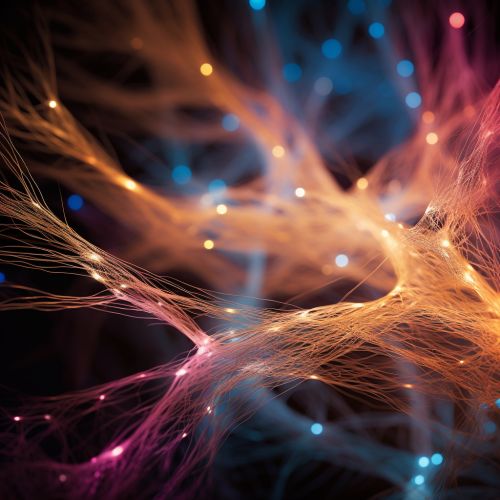
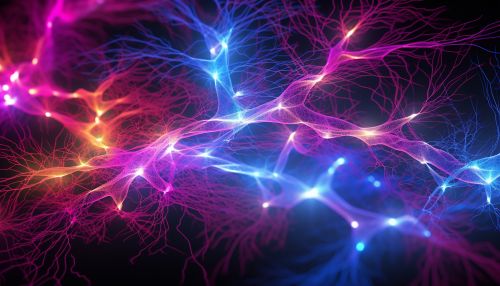
Perception
Perception is the stage at which the brain recognizes and interprets the electrical signals as pain. This involves several areas of the brain, including the thalamus, which acts as a relay station for sensory information, and the cerebral cortex, which is responsible for the conscious perception of pain.
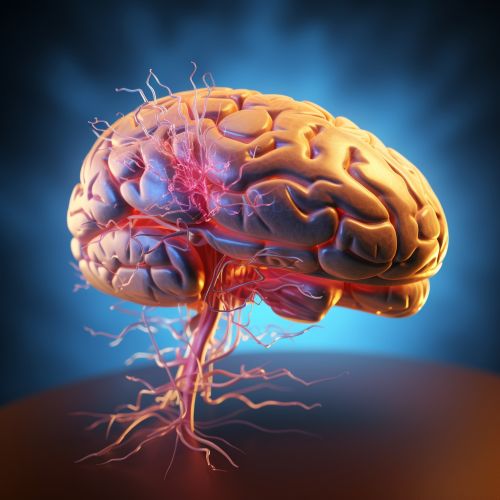
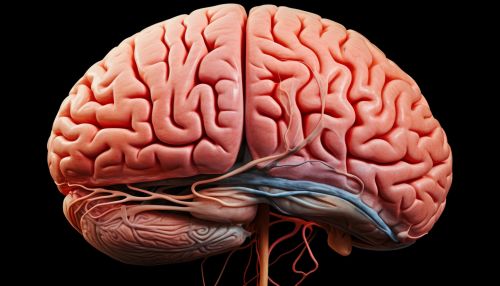
Modulation
The final stage of pain perception is modulation, where the intensity of the pain signal can be increased or decreased. This is achieved through the release of endogenous opioids, such as endorphins, which can inhibit the transmission of pain signals in the spinal cord and brain.


Psychology of Pain Perception
The perception of pain is not solely a physiological process. Psychological factors can significantly influence how an individual perceives and responds to pain. These factors can include emotional state, attention, expectations, and cultural background.
Emotional State
An individual's emotional state can have a significant impact on their perception of pain. For example, individuals who are anxious or depressed may perceive pain as more intense than those who are not.
Attention
Attention can also influence pain perception. When an individual focuses their attention on a painful stimulus, they may perceive the pain as more intense. Conversely, distraction can reduce the perception of pain.
Expectations
Expectations can also play a role in pain perception. If an individual expects a procedure to be painful, they may perceive it as more painful than it actually is. This is known as the nocebo effect.
Cultural Background
Cultural background can also influence pain perception. Different cultures have different beliefs and attitudes towards pain, which can influence how individuals within those cultures perceive and respond to pain.
Pain Management
Understanding the science of pain perception can provide valuable insights into pain management. This can involve a combination of pharmacological and non-pharmacological approaches, tailored to the individual's needs.
Pharmacological Approaches
Pharmacological approaches to pain management involve the use of medications to reduce or block pain signals. These can include analgesics, such as non-steroidal anti-inflammatory drugs (NSAIDs) and opioids, as well as adjuvant medications, such as antidepressants and anticonvulsants, which can be used to manage chronic pain conditions.
Non-Pharmacological Approaches
Non-pharmacological approaches to pain management can include physical therapies, such as exercise and physiotherapy, psychological therapies, such as cognitive-behavioral therapy (CBT) and mindfulness, and complementary therapies, such as acupuncture and massage.
Conclusion
The science of human pain perception is a complex field that involves both physiological and psychological processes. Understanding these processes can provide valuable insights into the management and treatment of pain, and can inform the development of new therapeutic strategies.
